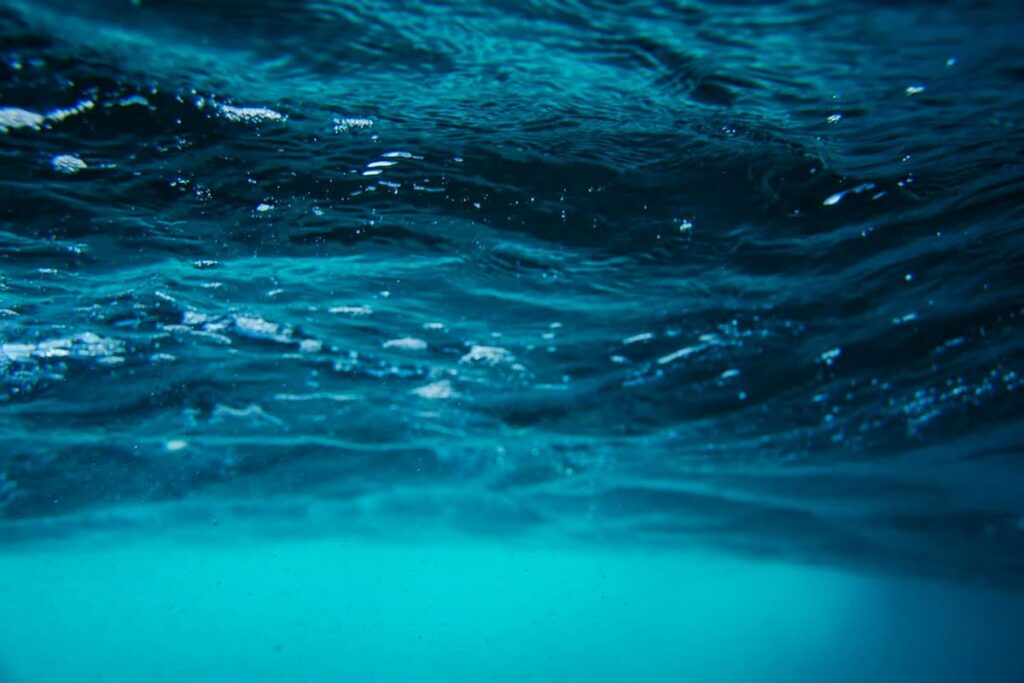
Hidden in the extreme depths of the Atacama Trench, a new species of amphipod has been discovered by marine biologists. Named Dulcibella camanchaca, this tiny crustacean measures a mere four centimeters in length but possesses remarkable hunting abilities that make it a formidable predator in its dark domain.
Despite its small size, D. camanchaca is equipped with specialized prehensile appendages that allow it to swiftly capture its prey. These adaptations enable the creature to thrive in an environment where resources are scarce and competition is fierce. The discovery of this species highlights the incredible diversity of life forms that have evolved to survive in the most extreme conditions on our planet.
Interestingly, while D. camanchaca may seem insignificant in size, its discovery is as monumental as finding the tallest and oldest tree in the world. Both findings remind us of the wonders that still exist in unexplored corners of our world, be it in the depths of the ocean or the heights of ancient forests.

Unveiling secrets of the hadal zone
The hadal zone, named after Hades, the Greek god of the underworld, encompasses ocean depths between 6,000 and 11,000 meters. This extreme environment has long been a challenge for scientists to explore due to its inaccessibility and harsh conditions. The discovery of D. camanchaca at nearly 8,000 meters below the surface in the Atacama Trench showcases the importance of continued deep-sea research.
The Atacama Trench, one of the deepest oceanic trenches in the world, continues to yield surprising discoveries. This latest find not only introduces a new species but also establishes a new taxonomic genus, representing a significant leap in our understanding of deep-sea biodiversity.
- Extreme pressure: Up to 1,000 times greater than at sea level
- Total darkness: No sunlight penetrates these depths
- Near-freezing temperatures: Averaging around 1-4°C (33.8-39.2°F)
- Limited food sources: Organisms rely on marine snow and chemosynthesis

Implications for marine science and conservation
The identification of Dulcibella camanchaca as both a new species and genus has far-reaching implications for marine science. It underscores the vast gaps in our knowledge of deep-sea ecosystems and emphasizes the need for increased exploration and research efforts in these remote areas.
Dr. Johanna Weston from the Woods Hole Oceanographic Institution (WHOI), co-director of the study, explains the significance of the discovery: “This species is a rapid swimmer named after the word for ‘darkness’ in Andean languages, reflecting the tenebrous environment where it hunts.” The creature’s unique adaptations provide valuable insights into the evolutionary processes that shape life in extreme environments.
The research team, including scientists from Chile’s Instituto Milenio de Oceanographia (IMO), conducted extensive morphological and genetic analyses on four specimens captured during the IDOOS (Integrated Deep-Ocean Observing System) 2023 expedition. Their findings, published in the journal Systematics and Biodiversity, confirm the novelty of this deep-sea predator.
| Characteristic | Description |
|---|---|
| Size | Approximately 4 cm |
| Habitat | Hadal zone (6,000-11,000 m depth) |
| Diet | Primarily other amphipods |
| Unique features | Specialized prehensile appendages |
A call for continued deep-sea exploration
The discovery of Dulcibella camanchaca serves as a powerful reminder of the unexplored wonders that lie beneath the ocean’s surface. It highlights the critical need for ongoing research in deep-sea environments, particularly within territorial waters like those of Chile.
Carolina González of the IMO, co-director of the study, emphasizes this point: “This finding illustrates the necessity of maintaining our research efforts in the Atacama Trench, especially within Chilean territorial waters.” The unique biodiversity of hadal zones is only beginning to be understood, underscoring the importance of protecting these ecosystems from human-induced disturbances.
As we continue to unravel the mysteries of the deep ocean, discoveries like D. camanchaca remind us of the intricate web of life that exists in even the most extreme environments on our planet. They challenge our perceptions of marine ecosystems and inspire further exploration of the vast, unexplored realms beneath the waves.
Got a reaction? Share your thoughts in the comments
Enjoyed this article? Subscribe to our free newsletter for engaging stories, exclusive content, and the latest news.







